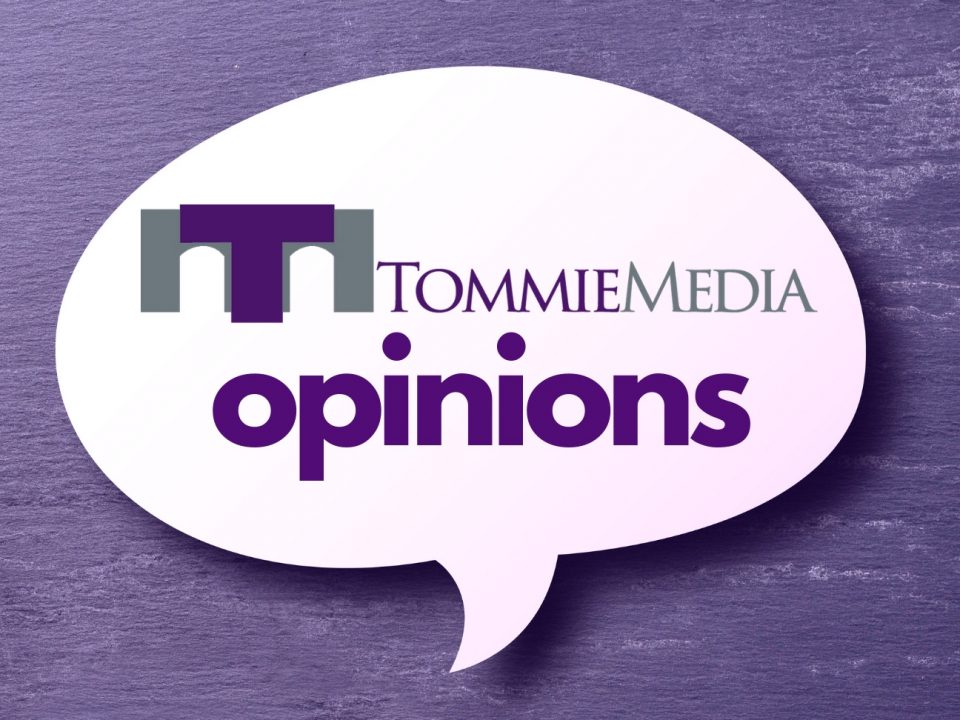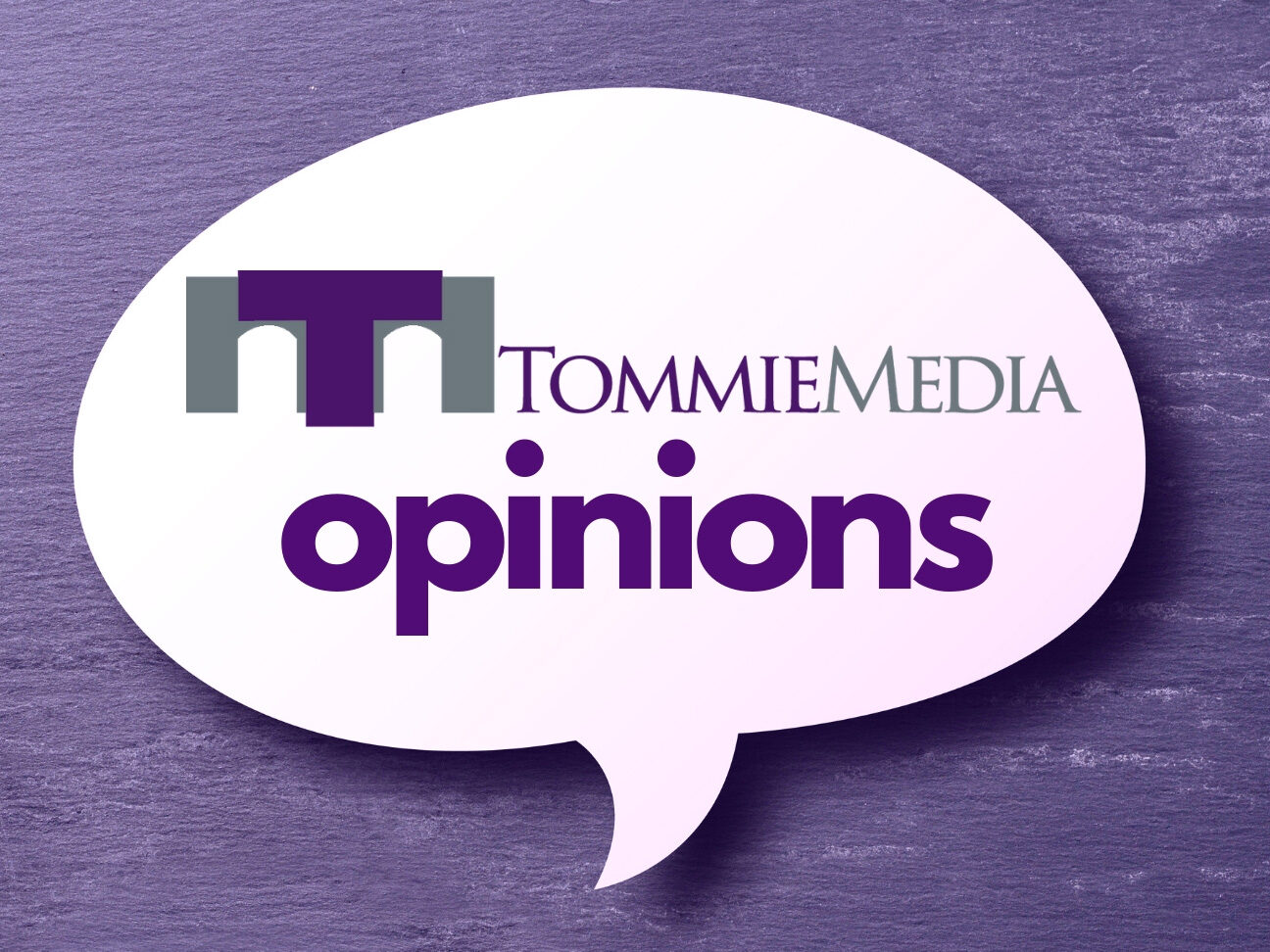
Geek culture is more mainstream than ever before. No longer is it restricted to the outskirts of culture in comic book shops and conventions. As geek culture grew in prominence, so did its criticisms.
One criticism regards body image issues, particularly with women. Lara Croft of “Tomb Raider” is one of the most prominent of this sort because of her unrealistic and inhuman body proportions. The creators behind the character being all-male make this especially problematic.
This unfortunate aspect has taken an ironic turn: In geek culture, males face more body image issues than women. Marvel specializes in turning schlubby dudes into chiseled gods. Think Chris Pratt in “Parks and Rec” to him in “Guardians of the Galaxy.” Think Paul Rudd in “Role Models” to him in “Ant-Man.”
Everybody has rock hard abs, bouldered biceps and defined sinew. Scientists, petty criminals, billionaire-philanthropists and space criminals all look like their second priority—after saving the world—is hitting the gym.
Some of the behind the scenes details of male stars achieving their physiques reveal the malicious, impractical standards of male beauty. The comedian Kumail Nanjiani is a prime example of this. Upon joining the Marvel Cinematic Universe, Nanjiani worked tirelessly with five trainers and a catering company to ensure his transformation. Nanjiani even used electro shocks on his muscles to make them pop for “thirst trap” photos.
An extreme example of this, outside of Marvel but still steeped in geekdom, is Henry Cavill in Netflix’s new fantasy adaptation “The Witcher.” To appear as ripped as possible, Cavill put himself through a dehydration diet. Essentially, Cavill would stop drinking water three days before filming his shirtless scenes. This was to ensure that his “skin (was) really thin, so it sits on the muscles.”
These depictions are both problematic and have real world consequences. The condition of “bigorexia,” in which individuals feel they aren’t muscular enough, is growing. People, and in particular males, increasingly feel like they need to have muscles similar to media depictions to be attractive.
Marvel further clouds the issue. In “Avengers: Endgame,” Thor, the ripped Asguardian god, becomes obese after killing Thanos in the beginning. Thor packs on this extra weight as a response to trauma, and his body size comes to be his shield against the depleted world and his failures.
His trauma is also the main joke of the movie. Characters throughout remind Thor of his current state compared with his past peak state. He huffs alongside his buff allies. He slouches in chairs and chugs beers.
The decision for Thor to be fat seems to be a story choice, but I wonder if it was also a reprieve for the actors. Chris Hemsworth has detailed his outrageous diet and workout regimen but even more telling is his stuntman’s regimen to keep up.
Stuntman Bobby Holland Hanton ate 35 times a day in order to achieve Thor’s physique.
I appreciate Marvel’s daring in exploring their characters’ responses to trauma. It’s realistic that a character would run towards consuming something–alcohol, food, and other addictive substances–to help fill the void. It becomes a problem when the trauma is used as a joke.
Another issue I have is that a plus-sized character can only exist, as it is now, in the MCU if they are either a humorous sidekick or a hero who has endured a traumatic experience. There’s no room, I guess, for a person who just is.
It will be interesting to see where Marvel takes Thor next. Will he transcend the jokes and just be his new size or will he continue as just a punchline? Or will he become jacked again?
The future of Marvel is certain but as to whether they will ever reflect their audience and society at large is yet to be seen.
True Dabill can be reached at dabi7280@stthomas.edu.

